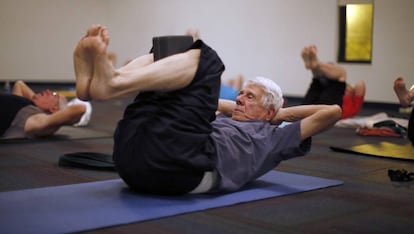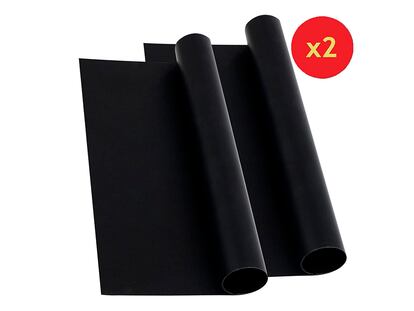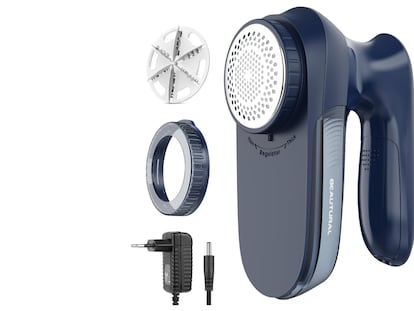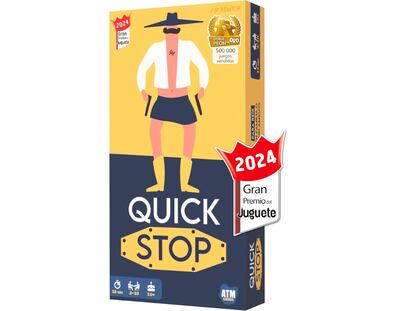Seven strategies for men to manage BPH
Benign prostatic hyperplasia is the most common cause of prostate enlargement

Men may notice that as they age, urination problems become an issue. It could be a noticeable urgent need to get to a bathroom right away or the feeling of not totally emptying out their bladder. There¡¯s a good chance these symptoms are related to a condition called benign prostatic hyperplasia.
Benign prostatic hyperplasia (BPH) also known as an enlarged prostate is the most common cause of prostate enlargement. As a man ages BPH becomes more common, with about half of all men between the ages of 51 and 60 developing it while up up to 90% of men over age 80 will have it.
Always urinate before leaving the house and before going to bed
During a man¡¯s lifetime, the prostate has two main growth periods. The first is when he goes through puberty ¨C a period in which the prostate will double in size. The second growth period starts around age 25 after which the prostate will begin to grow again. It is natural for the prostate to grow and this is what is referred to as BPH. This benign condition does not lead to prostate cancer but the two can coexist.
There are specific symptoms of BPH a man will have which include:
- Weak urine stream
- The need to stop and start urinating several times
- Urgency, leaking, or dribbling
- A sense of incomplete emptying
- More frequent urination, especially at night
Any man experiencing any BPH symptoms should consult with his physician
Any man experiencing any of these symptoms should consult with his physician on treatment as there are many ways to deal with BPH. There are medications to choose from, along with effective surgical treatments with few side effects if surgery is necessary.
However, lifestyle changes can be another method of reducing symptoms of BPH. Before automatically believing the symptoms are due just to BPH, all men should have a yearly prostate exam to rule out the possibility of prostate cancer. Once a benign enlarged prostate has been determined, men can make seven simple lifestyle changes to manage the symptoms and bring relief of BPH:
1. Being tense or nervous can cause a man to urinate more frequently. Regular exercise, practicing yoga or meditation can relieve stress and may help reduce the urge to urinate.
2. Each time a man urinates, he needs to empty the bladder completely to reduce the need for several trips to the bathroom. BPH makes a man feel like he needs to urinate frequently so taking the opportunity to use the restroom about every three hours even if he doesn¡¯t feel like he needs to. Always urinate before leaving the house and before going to bed. Double voiding is another strategy ¨C when it feels like you¡¯re done urinating, wait a few seconds and try again.
3. Sometimes certain prescription or over-the-counter medications may be contributing to the problem. Decongestant medications, like pseudoephedrine (Sudafed), and antihistamines, like diphenhydramine (Benadryl), can interfere with urination. Some prescription medications can also aggravate BPH. Diuretics used for high blood pressure can increase urinary frequency and some antidepressants can decrease urine flow. Doctors should review all medication checking to see if they can adjust dosages, change the schedule of when medications are taken or prescribe different medications that cause fewer urinary issues.
4. Avoid drinking fluids at least three hours before bedtime. Beverages containing caffeine or alcohol are diuretics which stimulate the kidneys to make urine increasing the likelihood of night-time urination and they can also affect muscle tone of the bladder.
5. As annoying as urinary frequency is, other symptoms of BPH that are troubling include dribbling, leaking, and feeling a sense of urgency. One way to control these symptoms is by strengthening the muscles around the bladder neck with Kegel exercises. Kegels can be done by contracting the muscles that are used to keep from urinating and squeeze tightly for 10 seconds. Then relax the muscles and repeat about 10 times. Doing these exercises three to five times a day may improve bladder control.
6. To keep the prostate healthy, choose healthy foods. This includes plenty of fruits, vegetables, whole grains, beans, nuts and seeds. Another important food substance to consume is omega-3 fatty acids found in cold water fish such as tuna, salmon, herring, mackerel, halibut, and sardines.
7. Any man experiencing symptoms of BPH should always consult with a urologist to get a definitive diagnosis and method of treatment for his condition. If BPH symptoms are becoming too hard to manage, it¡¯s time to call the doctor. Waiting too long may increase the need for more invasive measures such as surgery. BPH does not cause prostate cancer but the symptoms are similar which is another reason to seek the advice of a urologist.
Dr. Samadi is a board-certified urologic oncologist trained in open and traditional and laparoscopic surgery and is an expert in robotic prostate surgery. He is chairman of urology, chief of robotic surgery at Lenox Hill Hospital. He is a medical contributor for the Fox News Channel's Medical A-Team. Follow Dr. Samadi on Twitter, Instagram, Pinterest, SamadiMD.com, davidsamadiwiki, davidsamadibio and Facebook
Tu suscripci¨®n se est¨¢ usando en otro dispositivo
?Quieres a?adir otro usuario a tu suscripci¨®n?
Si contin¨²as leyendo en este dispositivo, no se podr¨¢ leer en el otro.
FlechaTu suscripci¨®n se est¨¢ usando en otro dispositivo y solo puedes acceder a EL PA?S desde un dispositivo a la vez.
Si quieres compartir tu cuenta, cambia tu suscripci¨®n a la modalidad Premium, as¨ª podr¨¢s a?adir otro usuario. Cada uno acceder¨¢ con su propia cuenta de email, lo que os permitir¨¢ personalizar vuestra experiencia en EL PA?S.
En el caso de no saber qui¨¦n est¨¢ usando tu cuenta, te recomendamos cambiar tu contrase?a aqu¨ª.
Si decides continuar compartiendo tu cuenta, este mensaje se mostrar¨¢ en tu dispositivo y en el de la otra persona que est¨¢ usando tu cuenta de forma indefinida, afectando a tu experiencia de lectura. Puedes consultar aqu¨ª los t¨¦rminos y condiciones de la suscripci¨®n digital.


































































